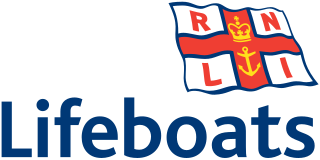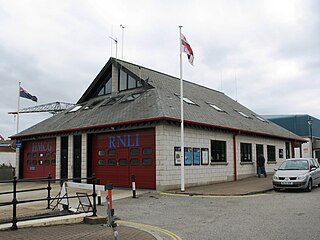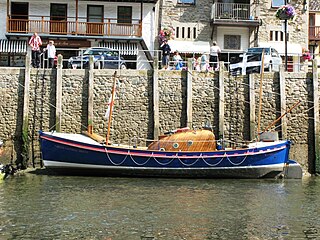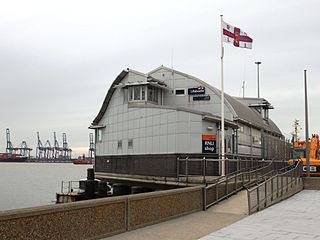History
The Royal National Lifeboat Institution had given many reasons why steam power was not considered viable, from difficulties launching, maintaining the boiler in rough weather, requiring the need of a permanently employed engineer, to finding crew with knowledge of steam engines, with most being local sailors and fishermen. [1]
Nevertheless, plans of possible Steam lifeboat designs were placed on display at the International Exhibition of Navigation, Commerce and Industry in Liverpool, opened by HM Queen Victoria in May 1886, and an RNLI committee was formed to investigate.
Having found nothing of interest at the Liverpool Exhibition, but still deciding that a Steam-powered lifeboat might fulfill certain requirements, the RNLI offered Gold and Silver medals for drawings and plans suitable for steam lifeboats. Many entries were received, but still none were deemed suitable. [2]
However, in early 1888, shipbuilders R & H Green of Blackwall, London submitted plans with a scale model fof a Hydraulic Steam-Powered lifeboat, which was approved and commissioned. [3]
Rather than being propeller driven, it was the first RNLI lifeboat to use waterjets. An inlet on the bottom of the boat connected to a turbine, pumping the water to outlets on the front and rear of the hull to provide propulsion. It was accepted that the benefits of use in shallower waters outweighed the extra cost of fuel that the turbine demanded, and also that there were limitations to the deployment of the boat, as it would have to be moored afloat. [2]
Sixty years after the idea was first suggested by Sir William Hillary, and after extensive trials, the first steam powered lifeboat, the 50-foot Duke of Northumberland (ON 231) went into service at Harwich in September 1890. [4] [5]
R & H Green built a second Steam lifeboat in 1894, City of Glasgow (ON 362), so named after it was funded by the Glasgow Lifeboat Saturday Fund, and Thorneycroft of Chiswick built Queen (ON 404) in 1897. Both were to use a Water-Jet system of propulsion. [2] [5]
Three more slightly larger Steam lifeboats were commissioned, and built by manufacturer J. Samuel White of Cowes. Two of these were funded from the £50,000 bequest to the RNLI from Mr James Stevens, a developer from Birmingham, and named James Stevens No.3 (ON 420) and James Stevens No.4 (ON 421). The third replaced the retiring City of Glasgow (ON 362) lifeboat from Harwich, and was also named City of Glasgow (ON 446). However, the primary difference of these boats, was that the Water Jet system was not utilised, reverting to the more usual propeller screw system. [6]
In its first year on service at Padstow (Harbour), the James Stevens No.4 was wrecked whilst going to the aid of fishing boat Peace and Plenty, with 8 crewmen lost. [3] [7]
To replace this boat, a final Steam-powered vessel was commissioned, a much larger 95-foot Steam-Tug, the Helen Peele (ON 478), designed by George Lennox Watson, and built at Ramage & Ferguson, Victoria Shipyard, Leith, arriving at Padstow in 1901. [8]
Helen Peele served her station well for the next 28 years. On what would be her last service at Padstow, in November 1928, she went to the aid of the Port Isaac fishing boat Our Girlie. Having found the fishing boat anchored close to the shore, and in danger of breaking her cable, Capt. Joseph Atkinson managed to bring the Steam-Tug alongside in just two or three fathoms of water, and rescued the 5 crew just before Our Girlie was wrecked on the rocks. For this service, Capt. Atkinson was awarded the RNLI Bronze Medal. [10]















